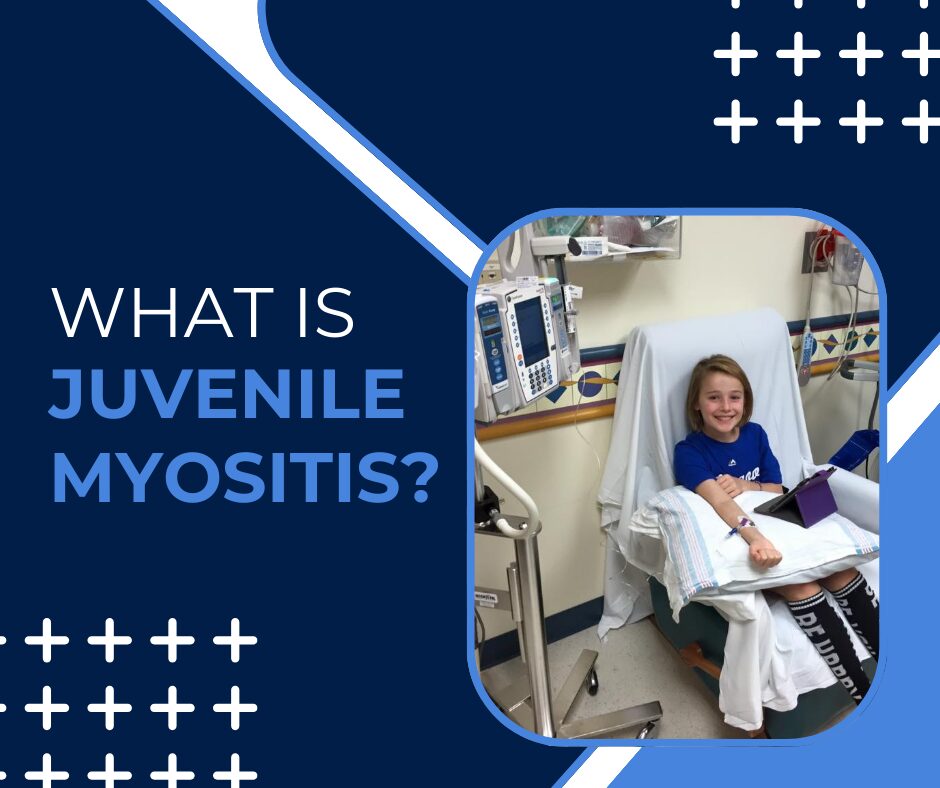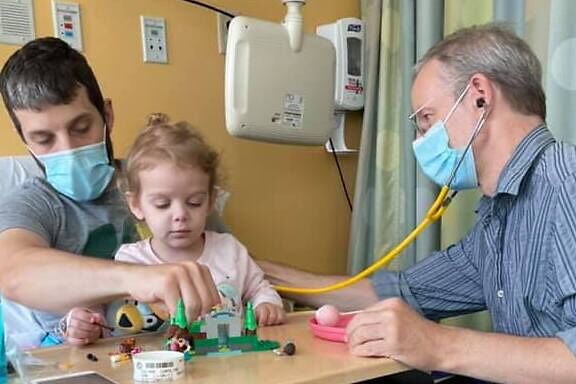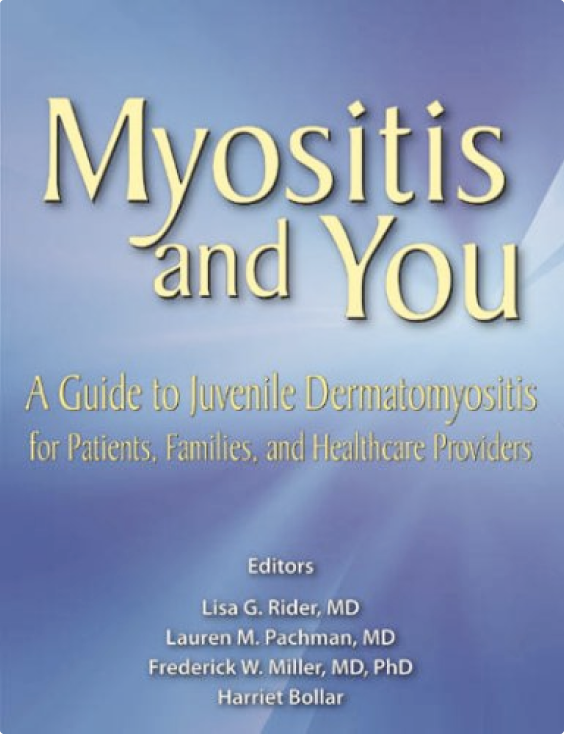
What is Juvenile Myositis?
Juvenile myositis, including juvenile dermatomyositis and juvenile polymyositis, is a group of rare and life-threatening autoimmune diseases, in which the body’s immune system attacks its
Juvenile myositis is a rare autoimmune disease in which the body’s immune system attacks its own cells and tissues. Your doctor may refer to juvenile myositis as juvenile dermatomyositis or JDM. Juvenile dermatomyositis is the most common form of the disease.
Juvenile myositis affects each child differently as the immune system typically attacks muscle and skin, resulting in significant and sometimes severe weakness and persistent rash. The exact cause of JM is unknown. Current treatments are imperfect, yet most children diagnosed today go on to live their best lives. Our work is to help make the road to their best life easier, so they can get back to being kids again faster.


Juvenile myositis, including juvenile dermatomyositis and juvenile polymyositis, is a group of rare and life-threatening autoimmune diseases, in which the body’s immune system attacks its

A treatment plan is based on many factors, including the severity and expression of the juvenile dermatomyositis (JDM). Each case is different and the symptoms

Research Grants: New Grantees and Exciting Updates From Existing Grant Recipients This year saw a very strong field of grant applications across a variety of

This comprehensive guide features over 450 pages with contributions from over 80 experts and medical professionals.
Receive a free digital copy when you join Cure JM here.
To have your fundraiser matched, add “DIY Match” in the memo of your online gift or check.